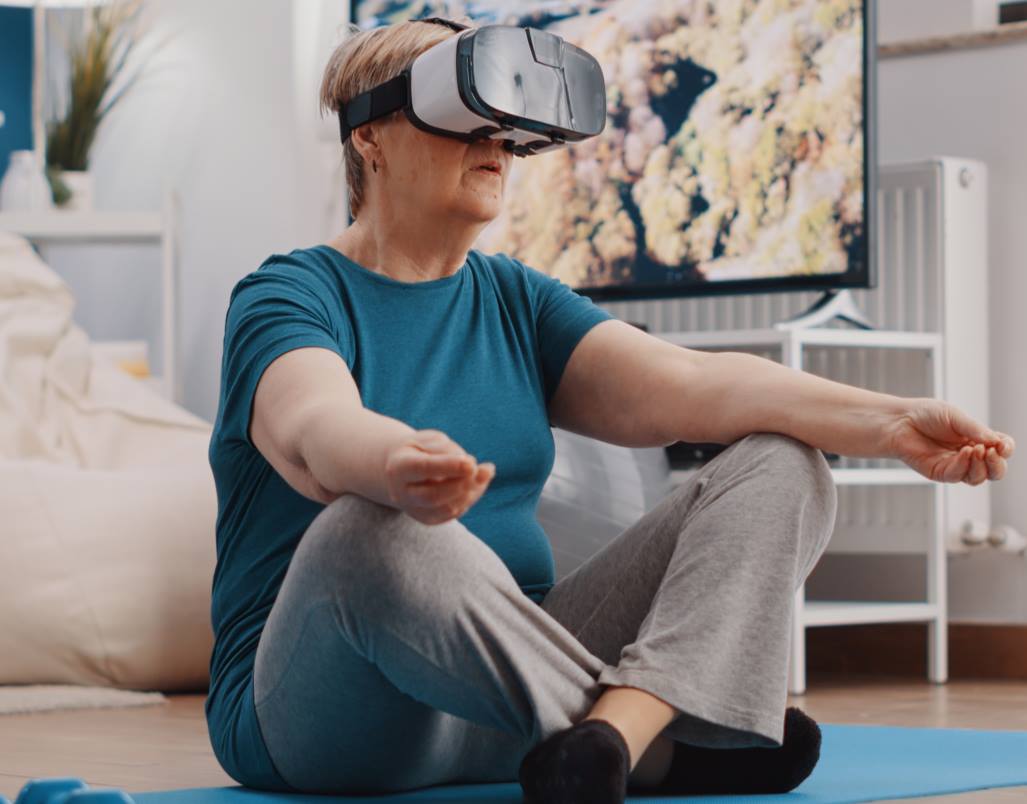Introduction: The Evolving Landscape of Pain Management
Chronic pain, a complex and often debilitating condition, affects millions worldwide. Historically, pain management has primarily relied on medication and physical therapy. However, the last decade has witnessed remarkable technological innovations that offer new hope and possibilities for those suffering from chronic pain.
The Burden of Chronic Pain
Chronic pain is not just a physical sensation; it’s an experience that can profoundly impact every aspect of a person’s life. According to the Centers for Disease Control and Prevention (CDC), an estimated 20.4% of adults in the United States suffered from chronic pain in 2019. This widespread issue underscores the need for effective and innovative treatment approaches.
Wearable Technology: Pain Relief at Your Fingertips
Wearable technology has revolutionized chronic pain management. Devices like smart patches and electronic bracelets use various methods such as electrical stimulation and heat therapy to alleviate pain. For example, the Quell Relief device, a wearable stimulator, has shown promise in reducing pain intensity without the side effects of medication.
Personalized Pain Management
These wearables not only provide pain relief but also track pain levels, activity, and sleep patterns, allowing for personalized pain management strategies.
Virtual Reality: A New Dimension in Pain Therapy
Virtual Reality (VR) has emerged as a groundbreaking tool in chronic pain treatment. By immersing patients in a virtual world, VR distracts the brain and reduces the perception of pain. A study published in ‘PLOS ONE’ demonstrated that VR therapy significantly reduced pain in hospitalized patients.
Beyond Distraction: VR for Rehabilitation
VR technology isn’t just for distraction; it’s also used in physical rehabilitation, providing engaging and less painful ways to perform exercises that help in pain management.
Smartphone Apps: Managing Pain in the Digital Age
With the widespread use of smartphones, pain management apps have become increasingly popular. These apps offer features like pain tracking, personalized tips, guided meditation, and connecting with support groups.
Empowering Patients
These digital tools empower patients to take an active role in managing their pain, fostering a sense of control over their condition.
The Role of Artificial Intelligence
Artificial Intelligence (AI) is making significant strides in chronic pain management. AI algorithms can analyze vast amounts of data from medical records, wearable devices, and patient-reported outcomes to identify pain patterns and predict treatment efficacy.
Tailoring Treatment
This data-driven approach has the potential to tailor treatments to individual patients, improving the effectiveness of pain management strategies.
Telemedicine: Remote Care for Chronic Pain
Telemedicine has become increasingly important, especially in the context of the COVID-19 pandemic. It allows patients to consult with pain specialists remotely, ensuring continuity of care while reducing the need for in-person visits.
Breaking Barriers
Telemedicine breaks down geographical barriers, making pain management more accessible to those living in remote or underserved areas.
Challenges and Future Directions
Despite these technological advances, challenges remain. Accessibility, cost, and the need for further research to validate the effectiveness of these technologies are key concerns. As the field continues to evolve, ongoing innovation and research are crucial to fully realize the potential of technology in chronic pain treatment.
Conclusion: A New Era of Pain Management
The landscape of chronic pain treatment is undergoing a transformation, driven by technological innovation. From wearable devices and VR to AI and telemedicine, these advances offer new avenues for relief and hope for millions of chronic pain sufferers. As we embrace these technologies, it’s essential to continue refining and improving them, ensuring they are accessible and effective for all who need them.



